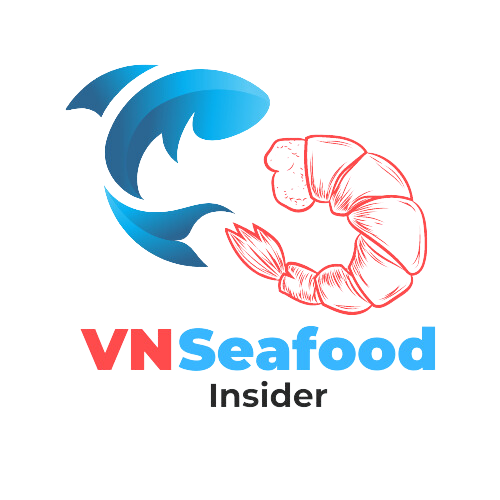When VNSeafoodInsider first started working with the international shrimp business, we noticed a recurring nightmare: containers arriving with compromised vannamei shrimp due to parasite infestations. These microscopic hitchhikers can turn a profitable shipment into a costly disaster faster than you can say “quality control.”
Understanding vannamei shrimp parasites isn’t just about biology—it’s about protecting your business, maintaining customer trust, and ensuring the sustainable growth of the global shrimp trade. Whether you’re sourcing from Vietnam, Ecuador, or India, parasites don’t respect borders, and neither should your vigilance.
Outline
ToggleUnderstanding Vannamei Shrimp Parasites in Global Trade
The aquaculture industry has witnessed explosive growth, with shrimp farming becoming a multi-billion dollar enterprise. However, this rapid expansion has created perfect conditions for parasite proliferation. Think of it as an unwanted side effect of success—more farms, higher densities, and increased stress on shrimp populations.
For importers and distributors, shrimp parasites represent more than just a biological concern. They’re potential deal-breakers that can affect everything from shelf life to consumer acceptance. The global nature of the shrimp trade means that a parasite problem in one region can quickly become an international headache.
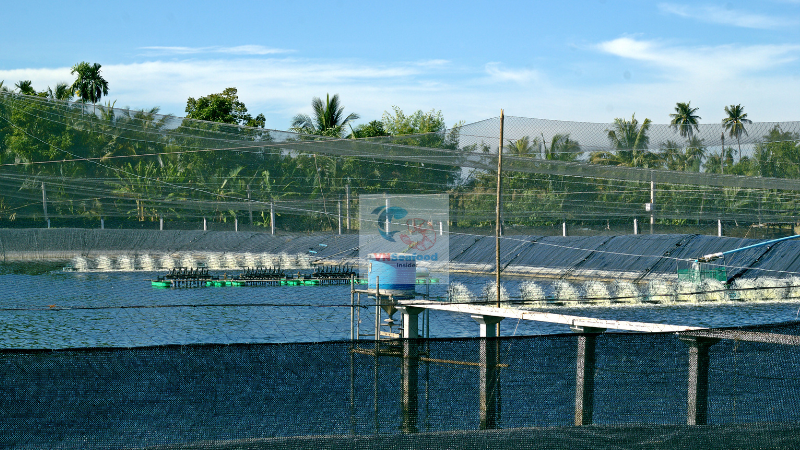
The 5 Most Common Vannamei Shrimp Parasites Every Importer Should Know
Knowledge is your first line of defense. These five parasitic diseases in shrimp are the ones you’ll most likely encounter in your supply chain, and understanding them can save you from expensive mistakes.
Gregarines: The Intestinal Threat
Picture this: you’re inspecting a fresh batch of vannamei shrimp, and something seems off about their digestive tract. Gregarines is one of the most common Vannamei shrimp parasites. It is often the culprit behind those telltale swollen, cloudy white intestines that spell trouble for your shipment.
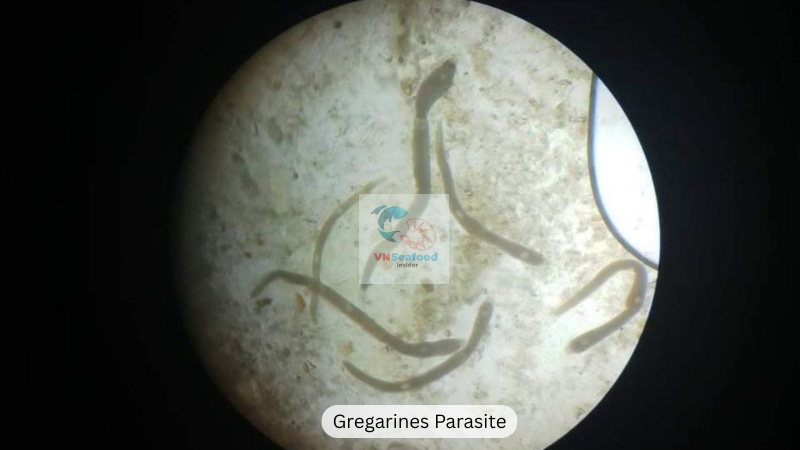
Location: These parasites set up shop in the mid-gut of shrimp, essentially turning the digestive system into their personal headquarters.
Visual Signs: The most obvious indicator is intestinal swelling with a distinctive cloudy white appearance. It’s like the shrimp’s gut has developed a case of chronic indigestion that won’t go away.
Trade Impact: Gregarines are productivity killers. Infected shrimp show reduced growth rates and poor feed conversion ratios. For farmers, this means longer production cycles and higher costs—expenses that often get passed down the supply chain.
Detection for Importers: During quality inspection, focus on the abdominal area. Gently press along the shrimp’s belly to check for unusual firmness or swelling. A healthy shrimp should have a translucent, pliable digestive tract, not the opaque, rigid appearance that signals gregarine infection.
Zoothamnium: The Trumpet-Shaped Parasite
Zoothamnium earned its nickname from its distinctive trumpet-like shape, but there’s nothing musical about the damage it causes. This external parasite is particularly troublesome because it’s visible to the naked eye, making it a consumer confidence killer.
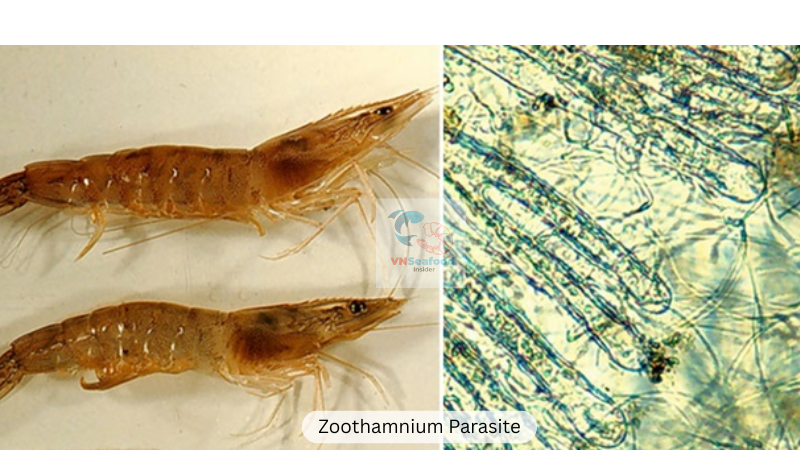
Location: These parasites colonize the shell, gills, and swimming legs—basically any external surface they can attach to.
Visual Signs: Look for white patches scattered across the shrimp’s body, often accompanied by noticeably weak swimming behavior. Infected shrimp might appear sluggish or struggle to maintain normal positioning in water.
Trade Impact: Beyond the aesthetic issues, zoothamnium creates entry points for bacterial infections, leading to increased mortality rates. This double-whammy effect can devastate entire shipments.
Quality Control: Implement pre-shipment inspection protocols that include close examination of shell surfaces under adequate lighting. Use magnification tools when necessary, and establish clear rejection criteria for visible parasite loads.
Epistylis: The Bell-Shaped Gill Parasite
If zoothamnium is the trumpet, then epistylis is the bell of the parasite orchestra. These bell-shaped organisms might look harmless under a microscope, but they’re respiratory terrorists that can cause mass mortality events.
Location: Epistylis primarily targets the shell and gills, where they can most effectively interfere with the shrimp’s breathing apparatus.
Visual Signs: Unlike their contractile cousins, epistylis organisms maintain their bell shape and don’t retract when disturbed. This non-contractile nature actually makes them easier to identify during inspection.
Trade Impact: Respiratory compromise is serious business in the aquaculture trade. When shrimp can’t breathe properly, you’re looking at potential mass mortality events that can wipe out entire production batches.
Prevention: Source Vietnamese shrimp suppliers who maintain strict water quality standards. Establish minimum dissolved oxygen levels and maximum organic load thresholds as part of your supplier agreements.
Microsporidia (EHP): The Microscopic Threat
EHP (Enterocytozoon hepatopenaei) is the stealth bomber of vannamei shrimp parasites. You can’t see it without a microscope, but its impact on shrimp quality and yield is anything but invisible.
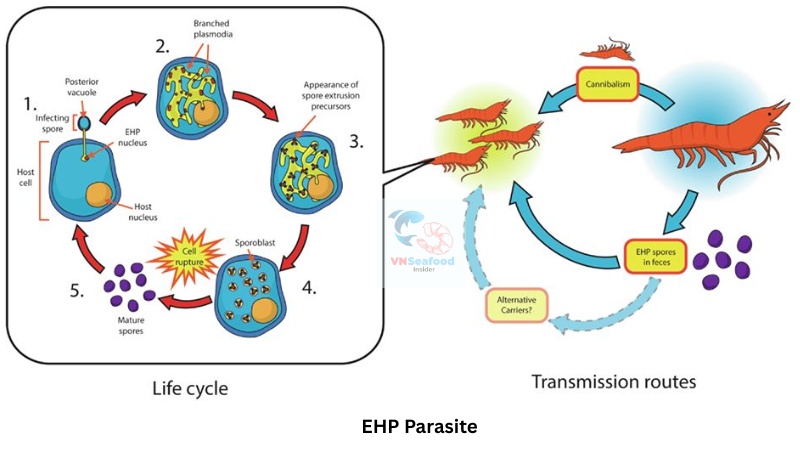
Location: These microscopic parasites target the hepatopancreas—the shrimp’s equivalent of a liver and pancreas combined.
Visual Signs: Infected shrimp exhibit slow growth patterns and produce characteristic white feces. It’s like the shrimp’s metabolism has shifted into slow motion.
Trade Impact: EHP infections can reduce yields by 30-60%, making affected farms commercially unviable. For importers, this translates to supply shortages and price volatility.
Screening: Laboratory testing is non-negotiable for EHP detection. Implement PCR-based screening protocols and require health certificates from suppliers. The upfront cost of testing is minimal compared to the potential losses from infected shipments.
Vorticella: The Wheel-Shaped Parasite
Completing our parasite lineup is vorticella, distinguished by its wheel-like appearance and preference for respiratory surfaces. These organisms are opportunistic colonizers that thrive in suboptimal conditions.
Location: Vorticella typically colonizes the gills and cephalothorax shell, where water flow provides optimal feeding conditions.
Visual Signs: Infected shrimp show reduced activity levels and develop a characteristic white mucus layer on their external surfaces. It’s nature’s way of saying “something’s not right here.”
Trade Impact: Like other gill parasites, vorticella causes respiratory impairment and creates opportunities for bacterial co-infections. The result is a cascade of health problems that can compromise entire shipments.
Quality Assessment: External inspection techniques should include checking for unusual mucus production and observing shrimp behavior in holding tanks. Active, alert shrimp are your goal—sluggish specimens raise red flags.
See more: Critical Vannamei Shrimp Diseases Every Seafood Importer Should Know
Shrimp Disease Management: Prevention and Control Strategies
Prevention beats treatment every time, especially in international trade where infected shipments can’t be easily returned or exchanged. Smart parasite management starts at the source and continues throughout the supply chain.
Aquaculture Parasite Control at Source
Working with suppliers who prioritize biosecurity measures isn’t just good practice—it’s essential for long-term success. Encourage your suppliers to implement pond management protocols that include regular water quality monitoring, appropriate stocking densities, and prophylactic treatments when necessary.
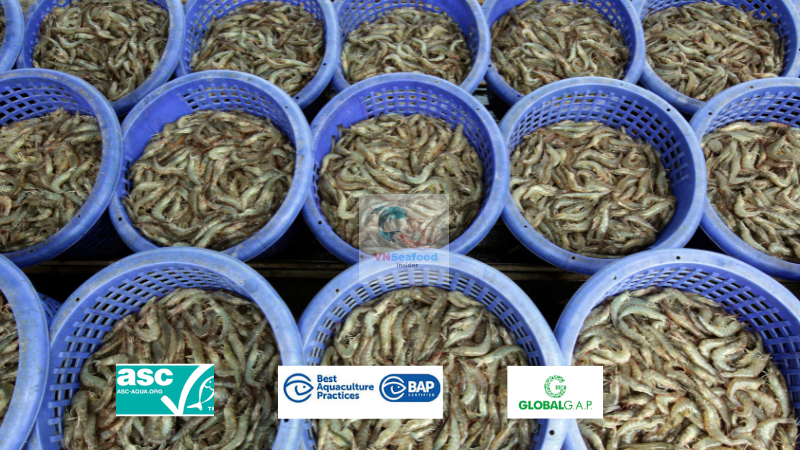
The best suppliers understand that pond water quality directly correlates with parasite pressure. Clean water, adequate aeration, and proper organic waste management create environments where shrimp thrive and parasites struggle.
See more: The Untold Success of Sustainable Shrimp Farming Vietnam Eco-Innovations
Supply Chain Quality Assurance
Your quality assurance program should be like a multi-layered security system. Start with supplier audits, continue with pre-shipment inspections, and finish with arrival verification protocols. Each layer catches what the previous one might miss.
Document everything. Create parasite identification guides for your inspection teams, establish clear acceptance criteria, and maintain detailed records of supplier performance. This documentation becomes invaluable for trend analysis and supplier improvement initiatives.
Quality Control Guidelines for Seafood Importers
Effective quality control requires both systematic approaches and practical wisdom. VNSeafoodInsider recommends implementing a risk-based inspection strategy that focuses resources where they’ll have the greatest impact.
High-risk suppliers or regions should receive more intensive scrutiny, while proven performers can operate under streamlined protocols. This approach optimizes inspection resources while maintaining food safety standards.
Laboratory partnerships are crucial. Develop relationships with accredited testing facilities that can provide rapid Vannamei shrimp parasitesscreening services. The goal is to identify problems before they become shipments, not after they reach your customers.
Economic Impact and Risk Management
The financial implications of parasite-infected shrimp extend far beyond immediate product losses. Consider the ripple effects: damaged customer relationships, regulatory scrutiny, potential recalls, and long-term reputation damage.
Insurance considerations matter too. Many policies have specific exclusions for biological contamination, making prevention your primary financial protection strategy. Work with your insurance providers to understand coverage limitations and develop risk mitigation plans accordingly.
Market positioning becomes critical when dealing with parasite issues. Customers who trust your quality standards will be more forgiving of occasional problems, while those who see you as purely transactional will jump ship at the first sign of trouble.
See more: Top 20 biggest seafood companies in vietnam
Conclusion for Vannamei shrimp parasites
Vannamei shrimp parasites represent a manageable challenge for informed importers and distributors who take proactive approaches to quality control. The five major parasites we’ve discussed—gregarines, zoothamnium, epistylis, microsporidia, and vorticella—each require specific detection and management strategies.
Success in the global shrimp trade depends on building robust quality assurance systems that protect both your business interests and consumer confidence. By implementing comprehensive screening protocols, maintaining strong supplier relationships, and staying informed about emerging parasite threats, you can minimize risks while maximizing opportunities in this dynamic market.
The investment in parasite awareness and control measures pays dividends in reduced losses, stronger customer relationships, and sustainable business growth. Don’t let microscopic threats derail your macro business objectives.
